For large enterprises adopting AI, governance keeps deployments ethical and aligned with corporate priorities. Regulating AI development and application touch points prevents hazards like biased models or unsafe use cases. However, most early AI projects lack governance, accumulating technical debt and risks until disasters strike. How can enterprises cultivate internal governance suited for sustainable and aligned AI adoption? Staff and structure a dedicated governance team to shape AI growth positively across the organization.
The Need for Oversight
AI harbors pitfalls requiring proactive management:
- Poorly designed models proliferate harms through products reaching millions of users.
- Shortcuts by solo developers produce unreliable or unsafe systems exposing legal and PR risks.
- Informational or economic advantages enable anticompetitive behavior when improperly regulated.
Governance provides necessary checks-and-balances for AI, tailored to enterprise needs. However, most ad-hoc governance struggles coping as deployments scale rapidly. Intentional team building addresses this gap.
Build the AI Governance Team
The governance team requires four core competencies:
Ethics – Ensure developments align with organizational values and societal expectations around topics like privacy, bias, transparency and user agency.
Law & Policy – Interpret regulations nationally and internationally affecting AI applications to minimize noncompliance risks. Understand and shape policy through lobbying and partnerships.
IT & Security – Institute controls on data management, system access and model deployment to reduce cyber risks, maintain auditability and scope permissions appropriately.
Business Strategy – Direct AI strategy, resource allocation and capability development balancing short and long-term enterprise priorities and return expectations.
Staff across these specialties collectively monitor AI from moral, legal and economic perspectives while sustaining security. Partners outside the core team like Privacy and Procurement supplement expertise.
Plot the Governance Journey
Like any transformation, capable governance emerges in stages:
- Set policies and processes for pilot projects FIRST before initial models scale irresponsibly. Require reviews at funding and deployment milestones.
- Socialize governance through internal communications detailing its role safeguarding ethical AI aligned with corporate values.
- Recruit senior governance leadership proactively rather than reacting to crises down the road as systems proliferate.
- Formalize documentation processes like model cards and datasheets explaining systemtraining, testing and risks for each new model or substantial update.
- Construct monitoring telemetry pipelines supplying model performance dashboards. This enables continuous oversight rather than intermittent check-ins missing drift or degradation over time.
Mature governance capabilities grow alongside AI adoption itself. The team coordinates compliance, best practices, monitoring and issue resolution as an integral part of technology advancement rather than afterthought.
Instill a Culture of Responsibility
Processes alone don’t ensure governance adoption across teams. Encourage shared accountability for ethical AI through:
- Incentives promoting transparency like leaderboards recognizing extensive model documentation.
- Open channels welcoming input from developers and users on policy refinements or potential issues.
- Hackathons surfacing capabilities gaps around privacy protection or bias screening to address collaboratively.
With the proper foundation, governance transforms from policeman towards partner in constructive AI progress enterprise-wide. Redefine it as enabling innovation safely rather than throttling advancement. Teams across the business contribute insights expanding capabilities in tandem with governance guardrails themselves.




